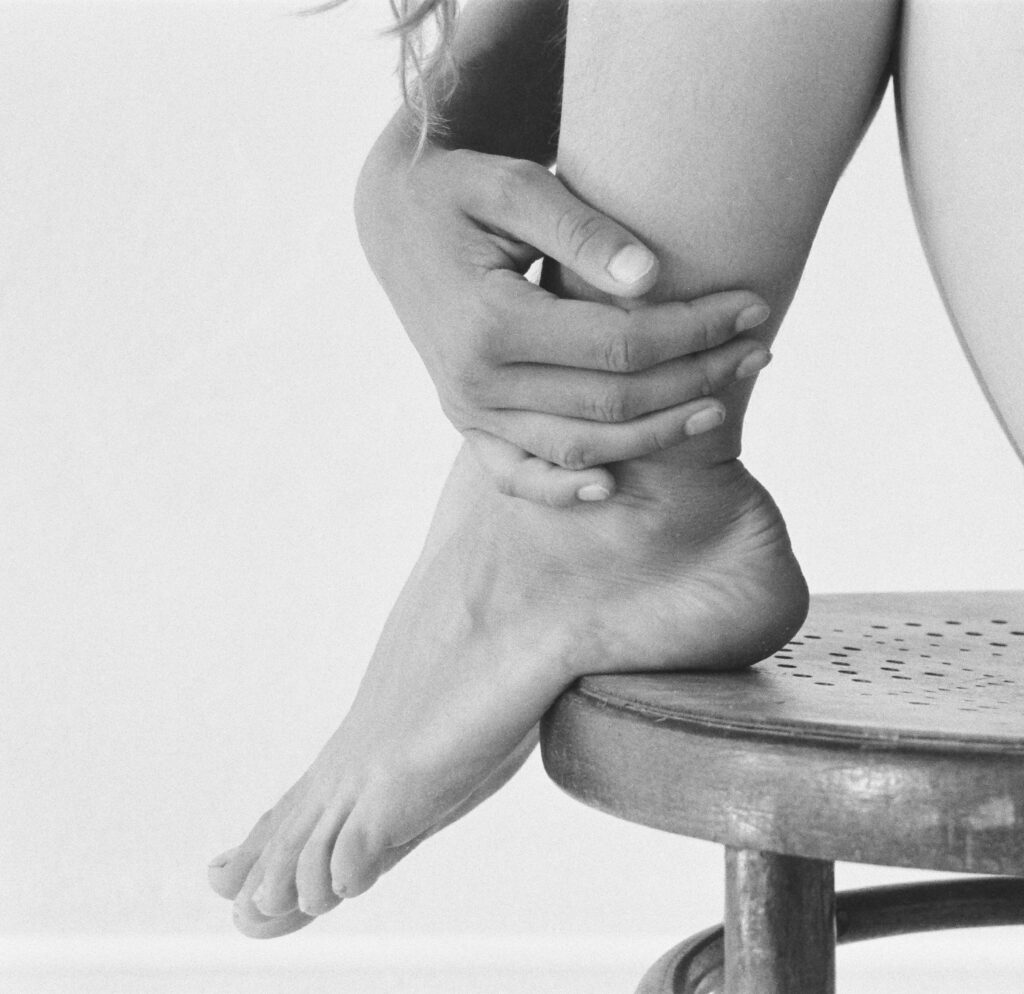Physical Therapy for Ankle Instability and Recurrent Sprains: A Comprehensive Guide
Introduction
Physical therapy is a powerful tool for people dealing with ankle instability and recurrent sprains. It helps reduce the recurrence of injury, improve range of motion, strengthen the muscles around the joint, and restore normal mobility. With physical therapy, you can expect to return to your desired level of activity quickly and safely.
In this article, we’ll explore how physical therapy can help alleviate ankle instability and recurrent sprains. We’ll delve into the various techniques used in physical therapy, such as exercises to improve balance and stability, manual therapy to address tissue tightness and imbalances, and functional training to enhance proprioception and coordination. By understanding the benefits and strategies of physical therapy, you can take an active role in your recovery and achieve a stronger, more stable ankle.
What to Expect at Physical Therapy
When you first visit a physical therapist, they will conduct an initial assessment to get an understanding of your condition and develop a treatment plan. Your physical therapist may ask questions about the injury, how long it has been present, or whether medications have been prescribed. During this assessment, your physical therapist will also perform tests such as range of motion and strength tests to determine areas that need improvement.
Your physical therapist will also evaluate your gait to make sure that it is in the most efficient and safest way possible. The treatment plan might include exercises, manual therapy techniques, modalities such as heat or cold treatments, and education about pain management and injury prevention.
What Types of Exercises You Might Do
Below are some of the most common types of exercises you might do during physical therapy to help improve ankle instability and recurrent sprains:
Ankle pumps: these exercises promote circulation in the joint, helping to reduce swelling.
Balance training: strengthening your lower body muscles helps improve balance and stability.
Strengthening exercises: strengthening the muscles around the joint improves control of the joint and reduces pain.
Range of motion exercises: these help restore normal movement in the joint, reducing stiffness and increasing mobility.
Core strengthening: strong core muscles provide stability and support to the legs, helping to reduce stress on the ankles.
Proprioception exercises: improving coordination between your eyes, brain, and body helps prevent ankle sprains.
These exercises may be done in the clinic or at home, depending on your therapist’s recommendation. This is why it is important to communicate with your physical therapist about any difficulties you experience performing certain exercises, so that they can modify them as needed.
How Long Recovery Takes
The length of time it takes for recovery depends on the severity of your injury and the amount of effort you put into completing your physical therapy program. Generally, it takes 4 to 6 weeks for people with ankle instability to see significant improvements in their condition. People with recurrent sprains may need more time for their recovery as the ligaments may take longer to heal.
How Physical Therapy Prevents Reinjury
Physical therapy helps build strength, stability, and balance in the muscles and joints. This helps reduce the risk of future ankle sprains by improving coordination, proprioception, and flexibility. It also helps improve the alignment of your feet which can help distribute pressure more evenly while you move.
Conclusion
Physical therapy is an effective way to treat both ankle instability and recurrent sprains. It can help restore normal movement and reduce stiffness in the joint, as well as improve coordination, proprioception, strength, balance, and flexibility. With an appropriate physical therapy program tailored to your specific needs, you can expect to see significant improvements in a matter of weeks.

